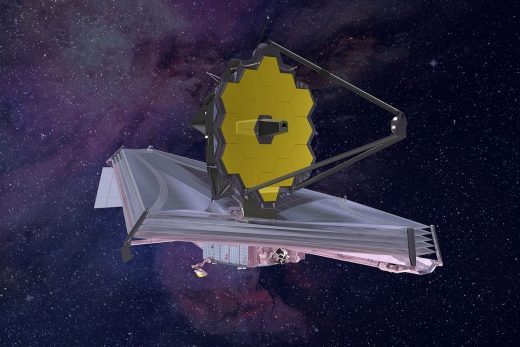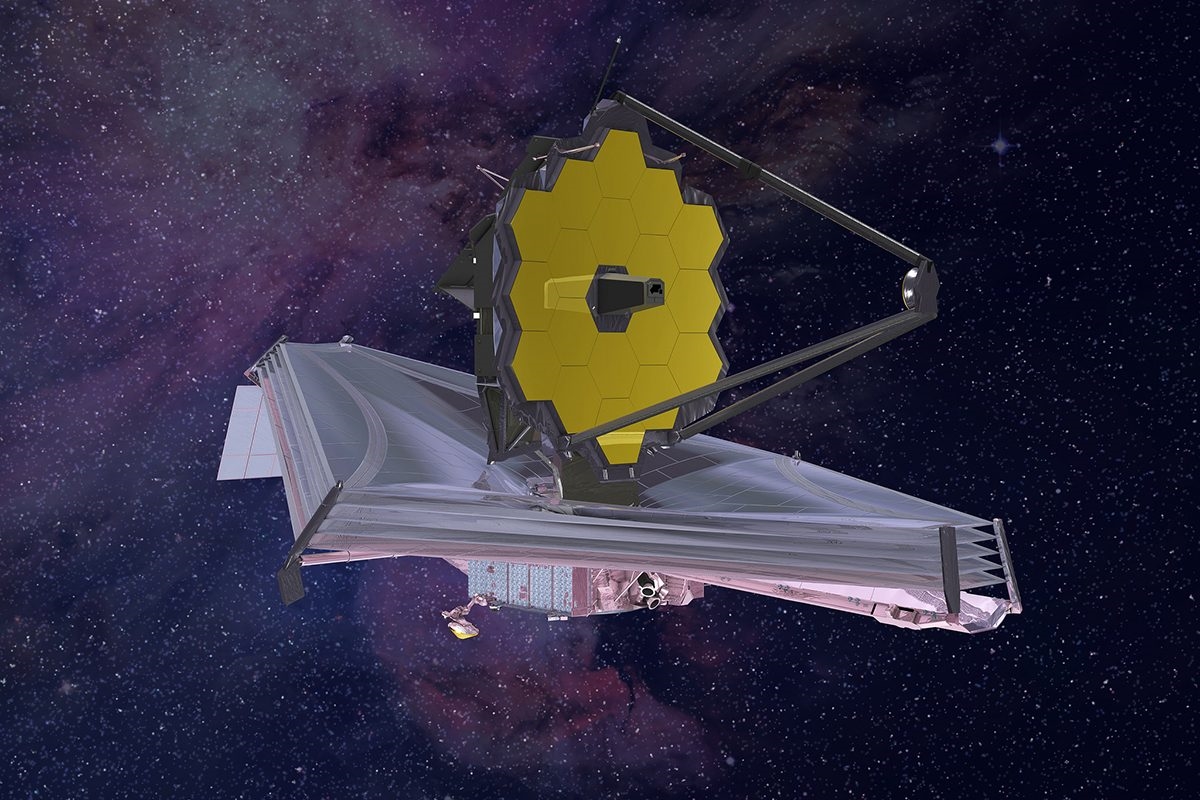James Webb telescope captures ancient galaxies that theoretically shouldn’t exist
The James Webb Space Telescope has produced its second revelatory image in as many days. Scientists using the observatory have discovered a tightly-packed “knot” of at least three galaxies that were forming around a quasar 11.5 billion years ago, just over 2 billion years after the Big Bang. The telescope’s near-infrared spectrograph not only showed that the galaxies were orbiting each other at high speeds (up to 435 miles per second), but that this one of the most dense known areas of early galaxy formation. The density is unusually high enough that lead researcher Dominika Wylezalek suggested there may even be two “halos” of dark matter merging in this area.
The quasar itself is unusual. The not-so-elegantly-named SDSS J165202.64+172852.3 is a very red example that doesn’t emit as wide a variety of light as already-rare ‘normal’ quasars. These objects serve as active galactic nuclei and are powered by the gas tumbling into a supermassive black hole at the core of their galaxies.
The imagery also underscores the strength of the Webb telescope’s sensors. Earlier studies using the Hubble and Gemini-North telescopes spotted the quasar’s outflows, but didn’t reveal more than one host galaxy.
More study is necessary to determine how galaxy clusters like this take form and are affected by supermassive black holes. However, the Webb findings already promise to improve humanity’s understanding of how the present-day web of galaxies came to be, not to mention how quasars might stifle star formation through their flows.
This is also just the start of Webb-based quasar discoveries. The team noted that Hubble data suggests there may be still more galaxies twirling around the quasar. This is also the first part of a trilogy of studies using Webb to analyze quasars at multiple points in the universe’s history. These efforts could shed considerably more light on cosmic evolution in the years ahead.
(29)




